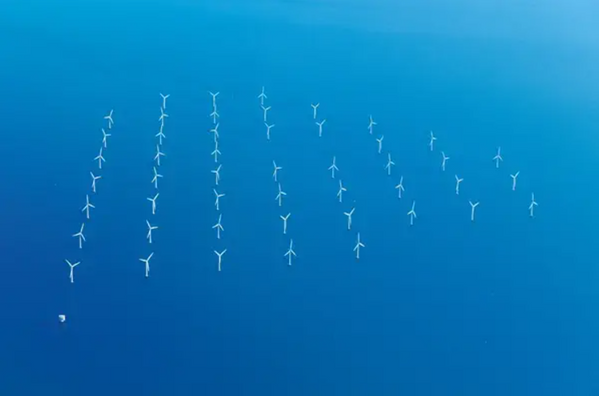
The Danish government has decided to move the area where the Hesselø offshore wind farm will be built, to an area south of the originally proposed Hesselø location.
To remind, a year ago, Danish Energy Agency put on hold the tender for the 800MW-1,200MW Hesselø offshore wind farm, citing the need to further analyze the results of the preliminary site investigation, as soft clay formations had been found in the upper 20-30 meters below the seabed, "which may cause technical challenges in relation to the installation."
Now, the agreement to move the area to the south follows a new fine screening conducted by COWI for the Danish Energy Agency.
The fine screening was published last month, and it shows that the area south of the original Hesselø area is a good alternative because the seabed has been is assessed as better suited for establishment of the wind farm.
The new position means that Hesselø offshore wind farm is likely to be able to supply electricity to Danish households from 2028 and it will be completely finished in 2029.
Hesselø offshore wind farm is the second offshore wind farm agreed in the 2018 Energy Agreement. In the 2020 Climate Agreement for Energy and Industry it was decided to bring forward the tendering procedure and construction of the wind farm.
The wind farm will be completed at the end of 2029 and not in 2027 as previously planned.
Hesselø offshore wind farm will be installed in the Kattegat, north of Zealand, and it will provide 800-1,200 MW.
A maximum of 1,000 MW can be supplied to the electricity grid via the connection point in Hovegård, about 50 km from the coast. The additional 200 MW capacity can by used by the constructor as “overplanting” to optimise the design of the wind farm and cables.



